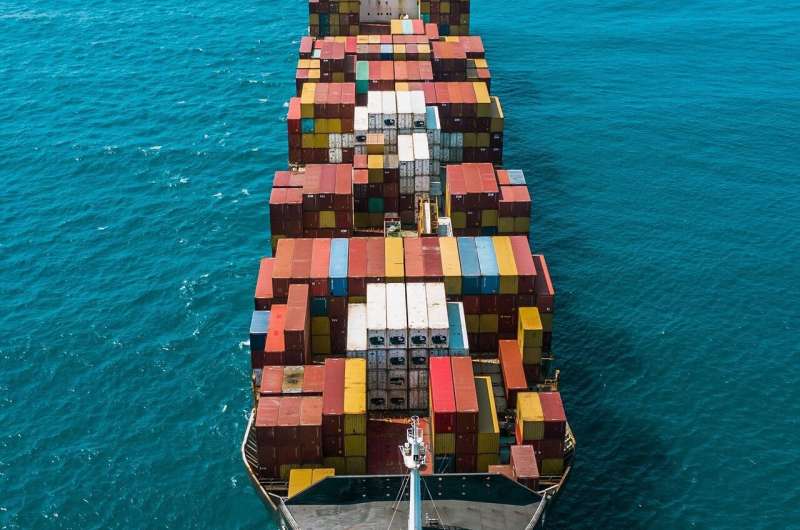Four shades of deglobalization

In very recent times, an earthquake in Japan, a blackout in Texas, the grounding of a container ship in the Suez Canal, the pandemic, and the war in Ukraine have disrupted important supply chains, restricting the flow of essential goods such as microchips, gas, and food, and thus calling into question globalization as we have known it for the past 40 years—starting, that is, with the reforms of Ronald Reagan and Margaret Thatcher and China's transition to a market economy.
In fact, strong indications of a process of deglobalization had been evident for a long time, recalls Valeria Giacomin (Department of Social and Political Sciences) in "Deglobalization and Alternative Futures," a technical note written with Geoffrey Jones (Harvard Business School) as a basis for discussion to be used in classes and published in the HBS Case Collection.
Giacomin and Jones identify four macro-factors that have been pushing towards deglobalization since the early 2000s and draw four alternative scenarios of possible evolution, retracing the economically salient events of the last decades.
The factors that have contributed to reversing the course of globalization are the emergence of global terrorism, the 2008 financial crisis, the growth of populism and authoritarian regimes, and the intensification of economic rivalry between the United States and China. The 2008 financial crisis, in particular, proved to be a turning point, as levels of integration began to decline just then and never recovered.
The pandemic contributed to the trend not only because the dependence on very long value chains for the supply of basic goods such as health care supplies became abruptly clear, but also because, as the authors write, "after years of liberalizations, in the West, COVID-19 and the climate change brought the government back into economic life." The new activism of national governments, and especially authoritarian ones, is supported, moreover, by the availability of big data that strengthens their surveillance systems.
The technical note concludes by proposing four alternative scenarios (for discussion):
- Back to Normal. "According to this hypothesis," Giacomin says, "we have seen a few black swans pass by that have temporarily slowed the physical flows of trade and capital. But data and information flows are going to replace physical flows, and globalization will refocus around China."
- Back to the future. That is, to autarkic drives similar to those that affected the West in the 1930s, after the 1929 crisis.
- Regionalization. One can read the current moment as a shift from true globalization to a situation in which trade is reorganized into regional clusters, with the United States, Europe, China and others at the center of smaller, more cohesive networks.
- Armageddon. A century ago, the first wave of globalization was abruptly interrupted by the First World War. As the war in Ukraine raises the possibility of a collapse of the global system, the authors warn: "This time there are nuclear weapons."
More information: Deglobalization and Alternative Futures. www.hbs.edu/faculty/Pages/item.aspx?num=61645
Provided by Bocconi University




















